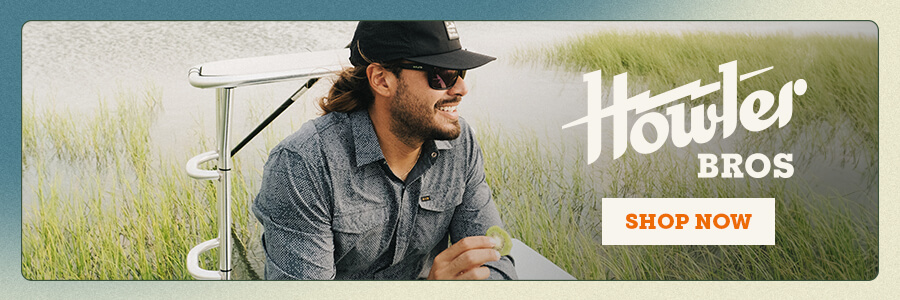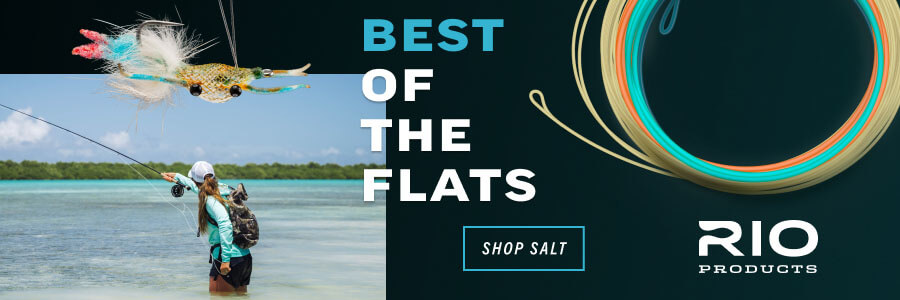Bench Press: Full Term Sucker Spawn
The egg-volution, as they call it in the biz, has been moving along at a staggering pace here in the South. Our stocked trout fisheries are beyond compare when one is looking for a vast laboratory to push the line in cutting-edge egg design. What started with glo bug yarn moved on to bi-color Y2K’s which then spawned sucker spawns. Yes, a lot of trout wound up with egg on their faces and my hemos in their craw. While all of these patterns caught fish, I’ve been working on a sort of super egg that would combine all the best traits of all these patterns.
One egg to rule them all: The Full- Term Sucker Spawn, featuring the split-shot-eliminating tungsten weight of a Y2K in the time-tested and proven yellow and orange, with the red tungsten acting as a blood dot when the egg is wet, like a glo-egg, along with the best egg profile in the game, the sucker spawn. Dang man, that’s one helluva egg. Free range chickens ain’t got shit on me.
Material List:
“Whatever” curved nymph hook 2x thick, sizes 8-10
Egg Yarn Colors: Cheese and Orange
Bead: Tungsten Red Sized to Hook
Yellow Thread
(Forgive my vagueness, but these are just eggs)Step 1: Put the bead on the hook, and the hook in the vise.
Step 2: Tie on behind eye of hook and wrap backwards to just above the point of the hook, about half the shank.
Step 3: Position bead at thread and overwrap bead, towards the rear of the hook. Create a small thread dam behind the bead so as to prevent slipping and end your wraps as far down the hook shank as your vise and physics will allow.
Step 4: Prepare your yarn by separating a strand of both cheese and orange yarn. Then divide both strands in half and then marry half strands of each color together. This may take some minor adjusting, depending on the brand yarn you are using. After a few, you get the feeling for how thick a frankensteined egg yarn strand you need for a full-looking egg. Tie in your bi-color yarn at the bottom of the hook where you left your thead.
Step 5: Over wrap yarn to just behind the bead, making multiple passes to make sure the yarn is secure. Leave the thread where you originally tied in the yarn at the bottom of the hook.
Step 6: Pull yarn forward and make two semi-tight wraps. This will leave a small fold of yarn starting the egg cluster. Once you make your wraps, pull the yarn back away from the eye of the hook to position the fold as far back as possible without it losing shape.Step 7: Create a second fold by creating a slightly larger fold in the yarn than the previous one and pinch wrap a few times semi-tightly. Your second fold should end right behind the bead.
Step 8: Advance thread to in front of the bead. Fold yarn over the bead, securing just in front of the bead with a few semi-tight wraps. This will be your tallest fold.
Step 9: Fold yarn forward, creating a slightly smaller fold than in Step Eight. Secure.
Step 10: Pull yarn forward and clip close to eye. The remaining yarn will create the appearance of your small forward fold.
Step 11: Push all yarn back and wrap a few times in front of all yarn. Whip finish.
Step 12: Slay.



